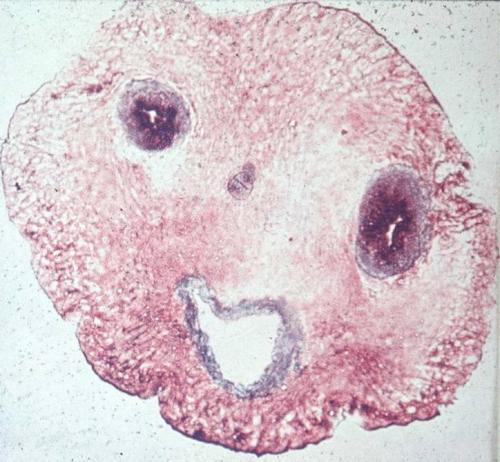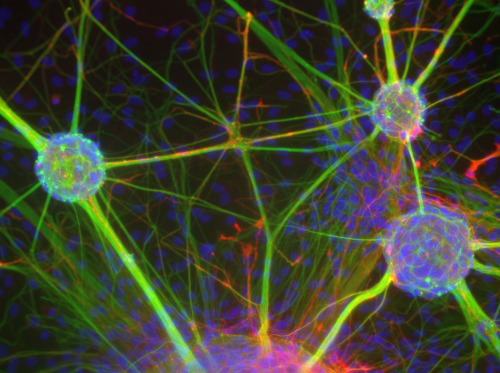Хорошая информация с http://www.biologynews.net/archives/2009/01/11/biologists_discover_link_between_cgg_repeats_in_dna_and_neurological_disorders.html
Researchers have long known that some repetitive DNA sequences can make human chromosomes "fragile," i.e. appearing constricted or even broken during cell divisions. Scientists at Tufts University have found that one such DNA repeat not only stalls the cell's replication process but also thwarts the cell's capacity to repair and restart it. The researchers focused on this CGG repeat because it is associated with hereditary neurological disorders such as fragile X syndrome and FRAXE mental impairment.
In a study to be published in the January 2009 issue of the journal Nature Structural and Molecular Biology, Sergei Mirkin, White Family Professor of Biology at Tufts' School of Arts and Sciences, along with graduate students Irina Voineagu and Christine F. Surka and postdoctoral fellows Alexander A. Shishkin and Maria M. Krasilnikova, explored the link between CGG repeats and replication delays. Mirkin's research was funded by the National Institutes of Health.
Effect of palindromes
Past research from Mirkin's lab had shown that peculiar long DNA sequences named palindromes change the shape of the molecule from a double helix into a hairpin-like structure and, as a result, stall replication. When this happens chromosomes can break during cell division.
For the new research, Mirkin and his team analyzed different cloned CGG repeats in a mammalian cell culture line called COS-1 and in budding yeast cells. The researchers found that short triplets do not cause any problems. When the repeats got longer, however, the replication machinery got jammed and stalled in both systems. Thus, replication stalling likely accounts for the chromosomal fragility. They believe that this stalling is due to the formation of a stable, hairpin-like DNA structure formed by long CGG repeats.
Abnormal structures disable cellular checkpoints
"Our cells have evolved elaborate 'checkpoint' mechanisms to detect replication blocks and trigger the instant 'restart' of DNA replication there," said Mirkin. "Are the CGG repeats causing the checkpoints to fail?"
With replication stalled, Mirkin and his research team found that the CGG repeats did not respond to the key checkpoint protein called Mrc1 in yeast or claspin in humans. Both proteins work to repair replication malfunctions during the S phase of the cell cycle. Apparently, the unusual structure of CGG repeats acts to escape the cellular checkpoints. As a consequence, chromosomes under-replicate, become fragile and break.
Source : Tufts University
13.01.2009
О повторах и палиндромах в ДНК
Подписаться на:
Комментарии к сообщению (Atom)











0 +:
Dí lo que piensas...